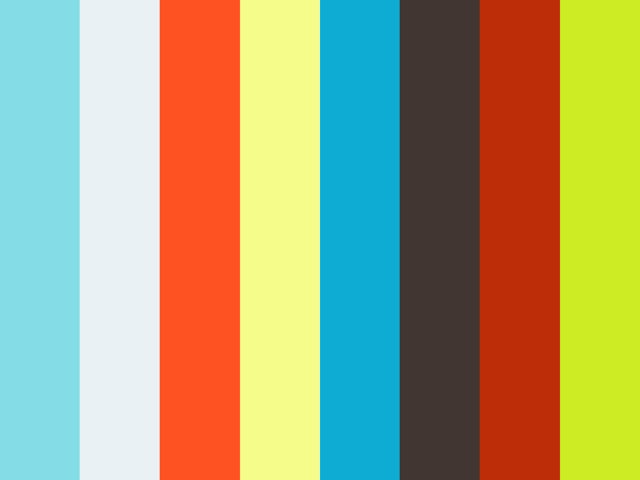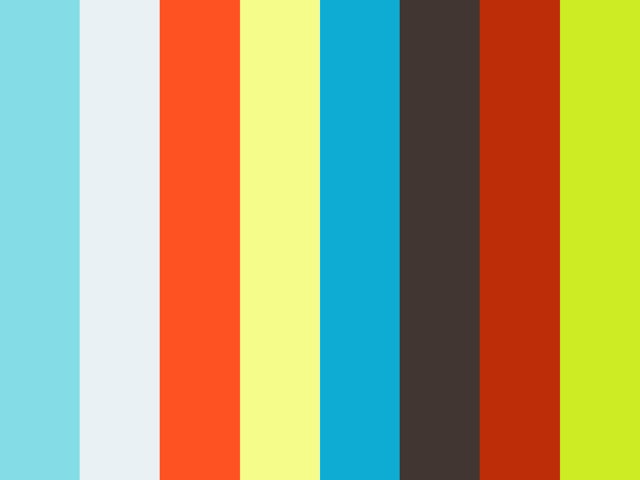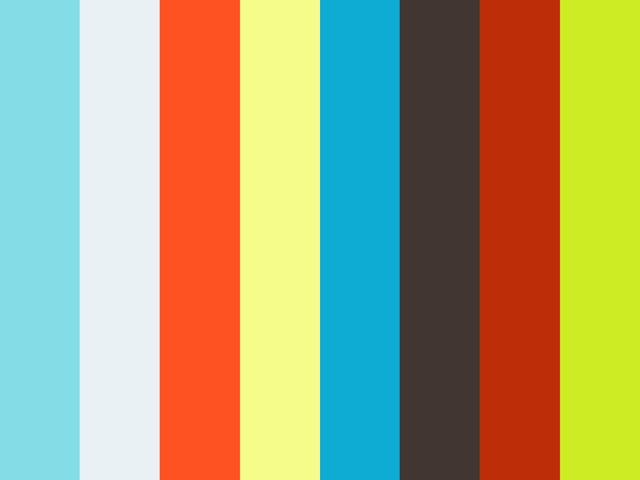Call Me Refugee is mixed-media VR documentary. The story of a young man who escaped Syria. On a parallel level I tell the story about a globalized word where two strangers meet on the internet and become friends. And visual fragments create a new reality. Role: creative director, research, storytelling, interviews, VR programming, photogrammetry, AV, design, production.
Call Me Refugee is a mixed media VR documentary about a young man that escaped from Syria. This is the narrative of a transition - the unique story of a person who became 'a refugee'. From a student, a brother, a son to a number, a statistic, a problem. The conversation is carried through a collage of images, videos and virtual moments. It is an artistic as well as a journalistic narrative that aims to break through people’s numbness for information and human tragedy. By telling the unique story of Salah, a twenty-five year old man from Aleppo, I hope to humanize humans and fight against the objectification of individuals affected by the current refugee crisis. Over many hours of Skype, Whatsapp and email, Salah told me his story of a long journey that carried him over seven borders, many asylums and a forced loss of identity. “Now we all have the same name: refugee” he once said. Listening to the conversation between two strangers that became friends, the audience wanders through a collage of popping up emails, personal and historic photographs, maps and 3D models. This project is not only a portrait of a person, but also a story about our globalized world where two people meet between the internet and reality.
'Home' is the first chapter of a multi media (VR) documentary on multiple platforms. This is the trailer.
Salah describes how it was to live in a regime that hijacked all human rights and the concept of freedom. A regime that kills the ones that say ‘freedom’. Call Me Refugee aims to create the archeology of a journey and to portray an individual. On a parallel level it tells about the relationship between the narrator and the listener. Both of us live in this world, are part of this story. This change of perspective is essential for the documentary. In addition to hearing Salah’s story, the audience also experiences my personal research–googling places and city names, translating Arabic and watching YouTube videos. The archeological work reconstructs a world that is far away and doesn’t exist anymore. Thus the project is similarly documentary and monument.
But also it is the story of a war, of a dystopian world where snipers shoot civilians on the street. A world where a regime transforms under torture protesters to terrorists. Where children get killed by chlorine gas and barrel bombs are falling from the sky. Salah takes us to Aleppo, considered the most dangerous war zone on earth. Where the only chance to survive is to leave. Salah narrates how he escaped this city whose residents get crushed between Bashar al-Assad’s regime, the radical Al-Nusra Front - a military alliance even more dangerous than IS - that tries to establish an Islamic State, and the Free Syrian Army. He tells me how his university got bombed, and how he made his long journey over Turkey to Europe. He talks about the madness of being on the run, about hope and hopelessness. How he got shot, twice imprisoned and finally arrived in Germany where just a new chapter of despair and dehumanization started. Being ‘ a refugee’ becomes your new identity. Salah reports his journey through different asylums, uncountable hours of waiting for documents and hearings and the feeling if the bus just does not stop for you.
By using Salah’s personal material such as pictures of his home in Aleppo, GPS screenshots of the best way to sneak through a border, or devastating shots of the Syrian everyday life, this documentary is as personal as exemplary for so many other people’s fate. The stylistic choice as a mixed media collage reflects metaphorically on our conversations and the many snippets I reconstructed his story to understand this (political) disaster. 3D scans show the two ends of the internet: my desk and my view inside the computer and his world, and his desk, his perspective. I taught Salah how to take pictures that I can transform into photogrammetries - 3D models generated out of many photographies. Like this he shares insights into his life. We can see the refugee home in the East German village where he waits since 1.5 years for his asylum status. And how it is to live pushed back and forth between the authorities, without the right to work, constantly rejected to the border of society.
ITP thesis presentation May 2016:
Call Me Refugee is an ongoing project and planned as a mixed media documentary on multiple platforms, divided up as following:
1/ HOME - Virtual Reality Intro - how we meet Aleppo and the war
2/ ESCAPE - Web Documentary (in planning) From Syria to Europe
3/ CALL ME REFUGEE - Mixed Media, Interactive In Germany Suitcase of Memory (see below)
Take a look on the slides of the different chapters and material I am using:

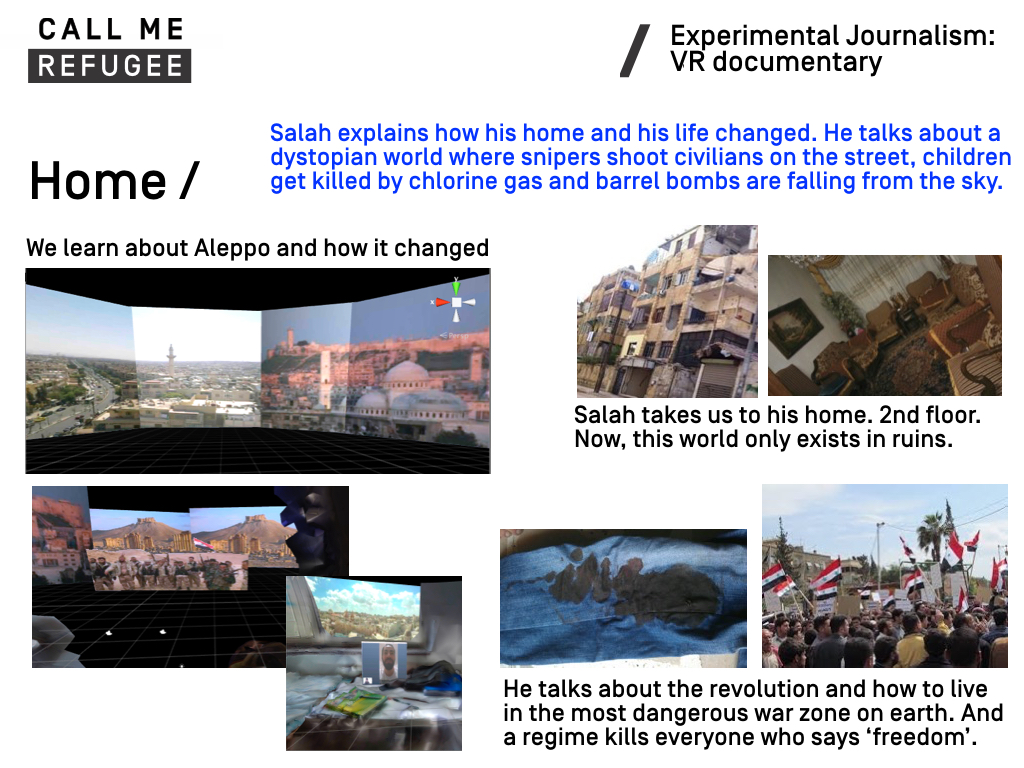

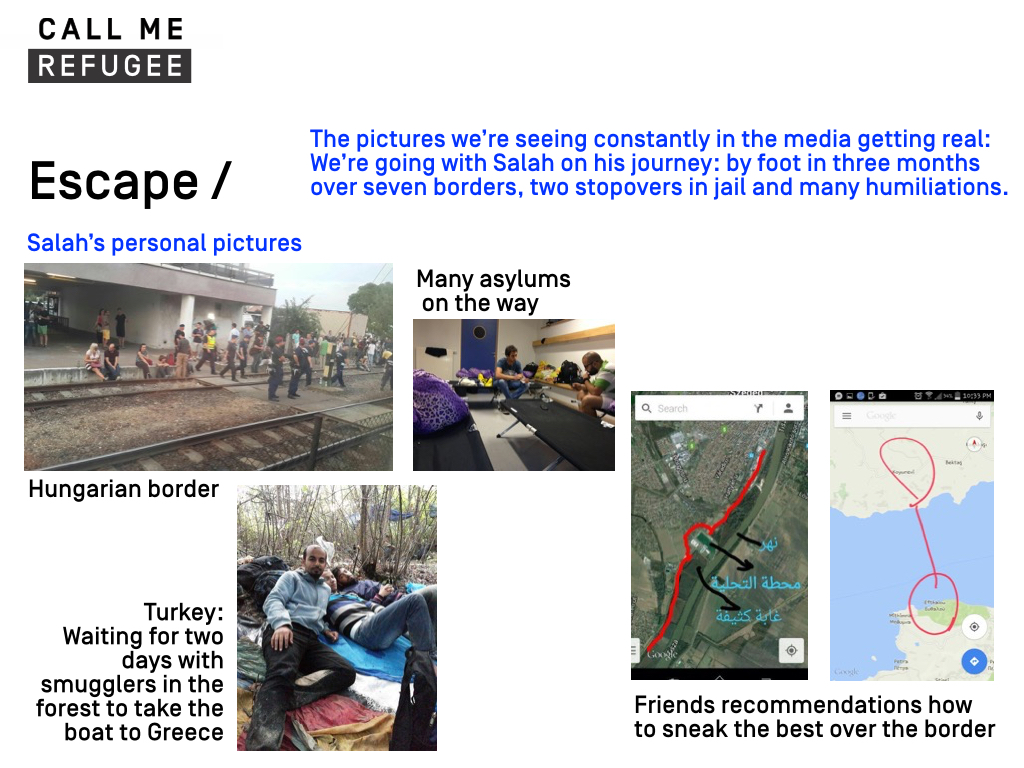
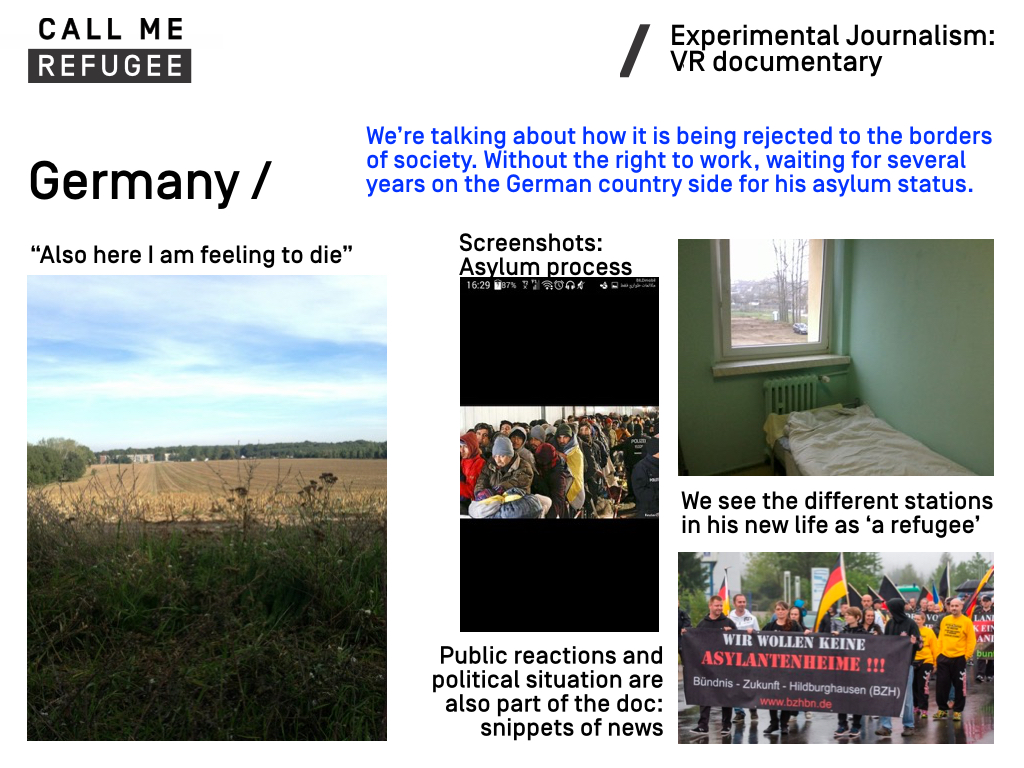

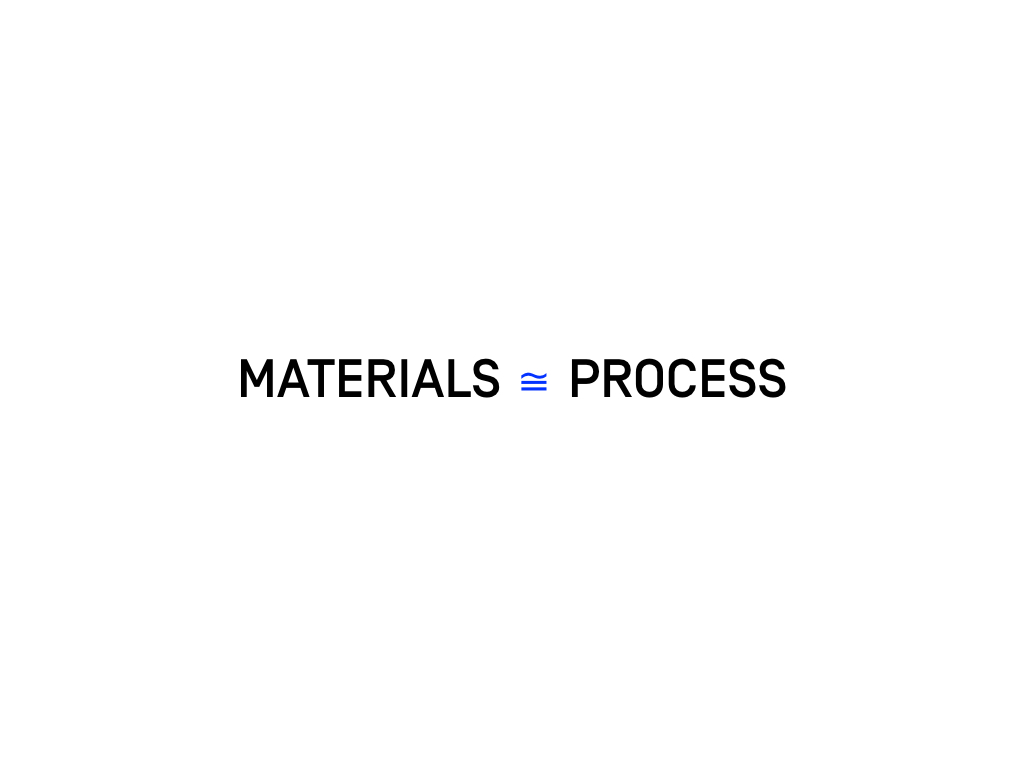
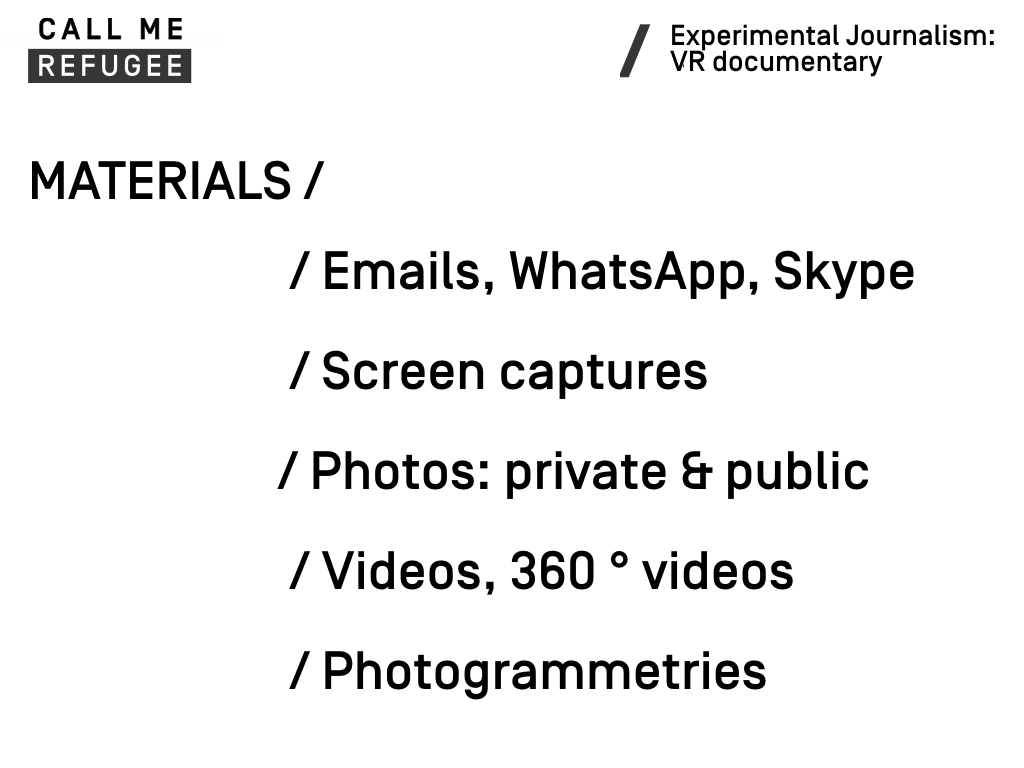

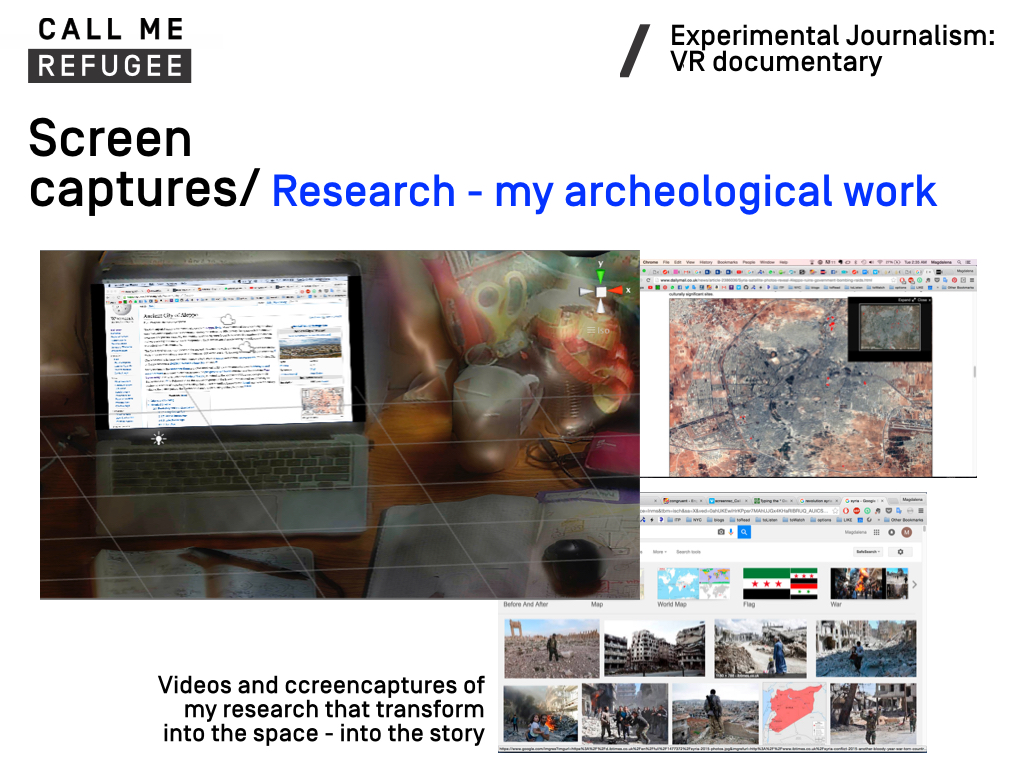
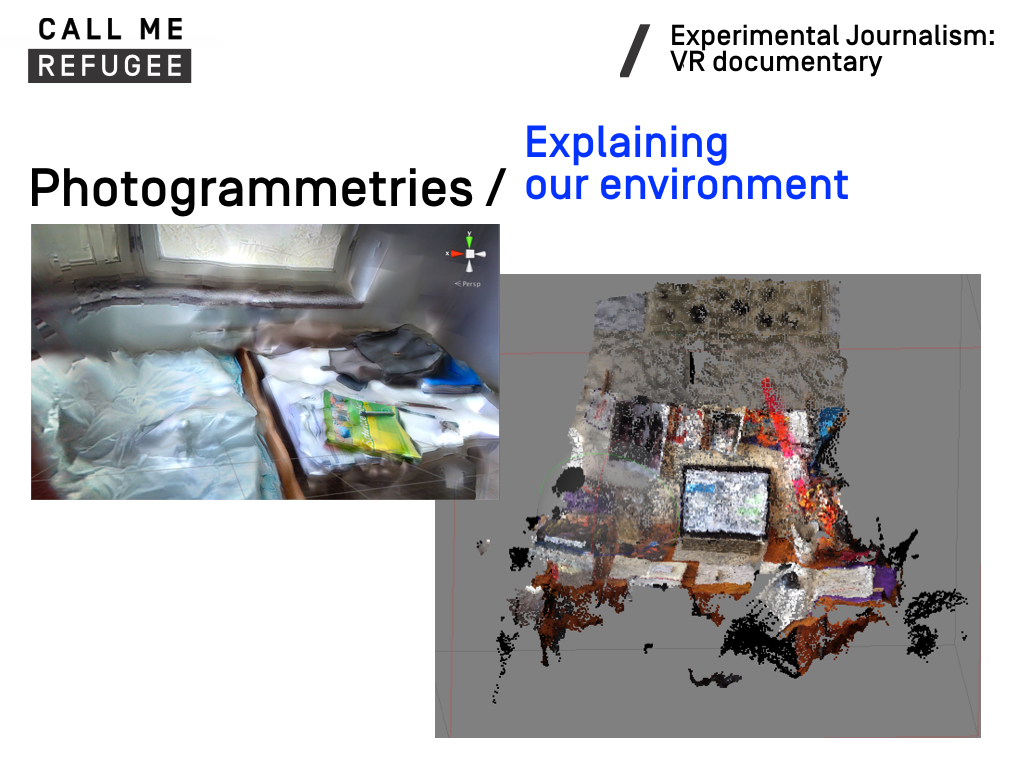
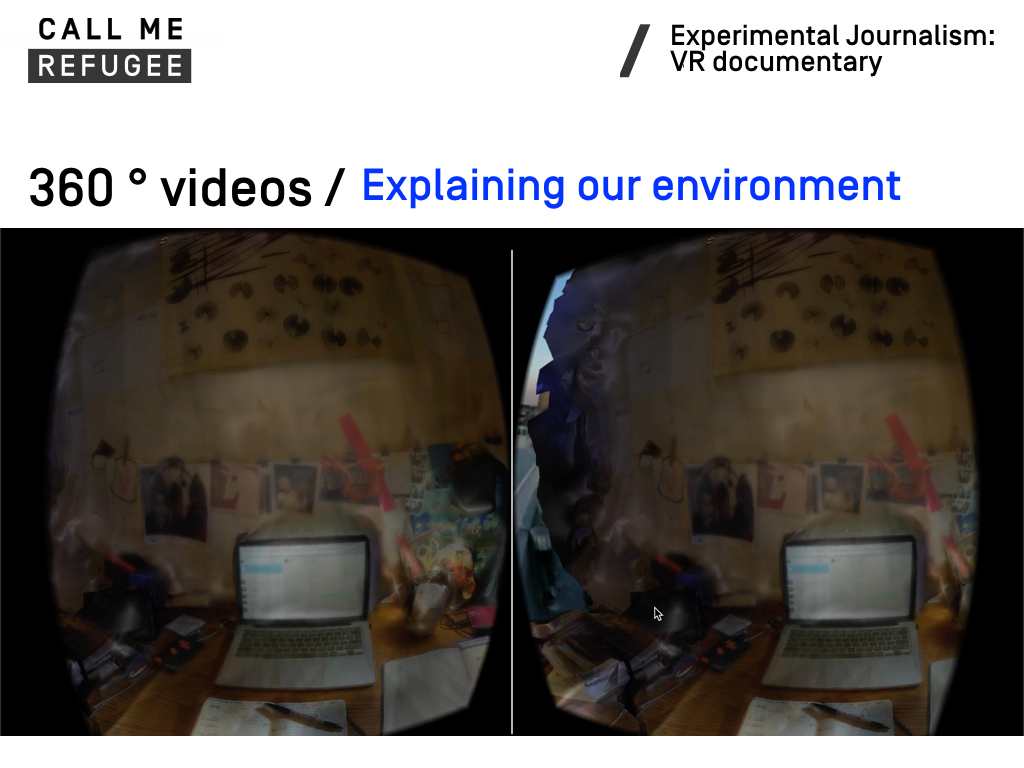
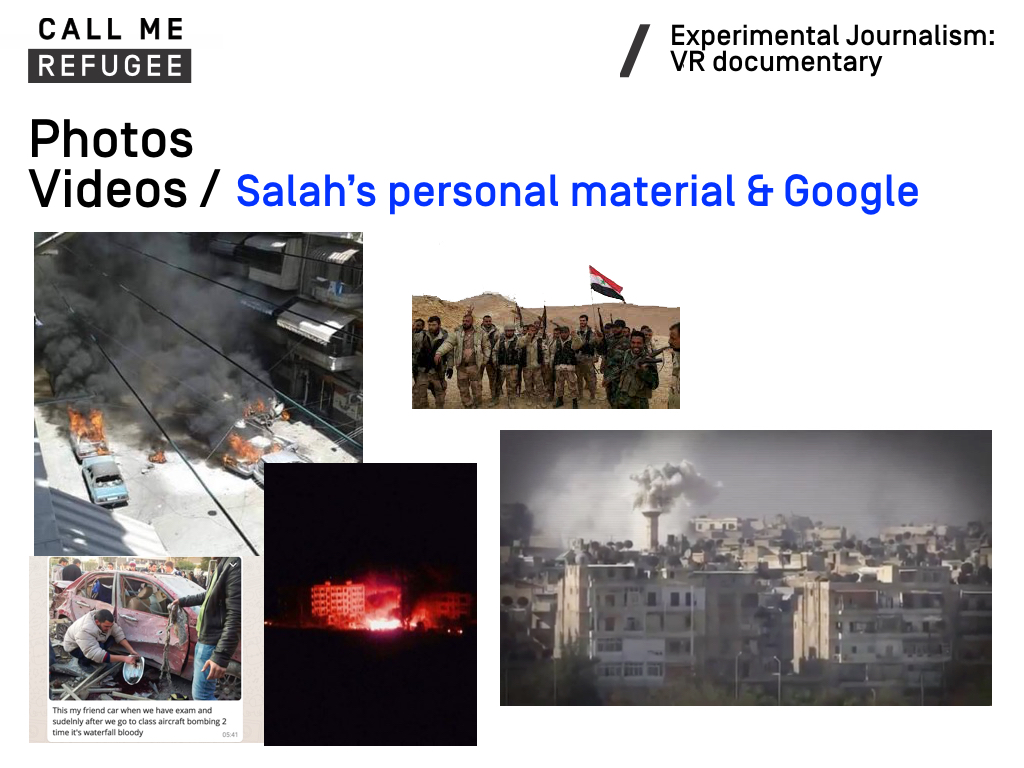
The VR environment offers interesting spacial solutions to show the dialog between two people far away from each other. Locating the narrator and the listener on two different sides while keeping the viewer in the middle, this aspect of location and distance can get experienced. The space between the two of them is filled by the story with it’s pictures, videos and maps. In this virtual world the flat sunset on the Skype screen turns into a 360° video of a sunset behind the New York Skyline and both desks, both protagonists, sit on a rooftop in Brooklyn - and the viewer with them. (See below)
The space becomes the story and the story becomes the space. While the documentary is carried through the dialog, the space gets filled with "illustrations" to the narrated content. Flat pictures build collage like cities surrounding the viewer, Google maps spread out in space and get overlain by real videos of the Syrian tragedy. A central part of the doc is the interviewer’s laptop: the research on the screen transforms into the environment, pictures on Google and received emails pop up in space and surround the viewer. Through the photogrammetries, the 3D models of the protagonists environment, the documentary becomes very personal and intimate and let the audience feel like being in a very private space.
'Suitcase of Memory' is another chapter of Salah's story.
Suitcases are strong symbols for immigration, but also for identity. They contain the things we're taking with us, as well as the ones we left behind, the ones that forced the escape. They witness the memories of our past and carry our journey itself. 'Suitcase of Memory' plays different sounds of Salah's past, of Syria, the revolution, the war, but also a life that he had before everything became a nightmare. Every time the suitcase gets opened another sound of those memories plays. A light sensor controls the tracks and volume.
Together with Salah I collected the sounds of this past. He told what sounds he has in mind looking back on his journey.
// PROCESS
Photogrammetry


